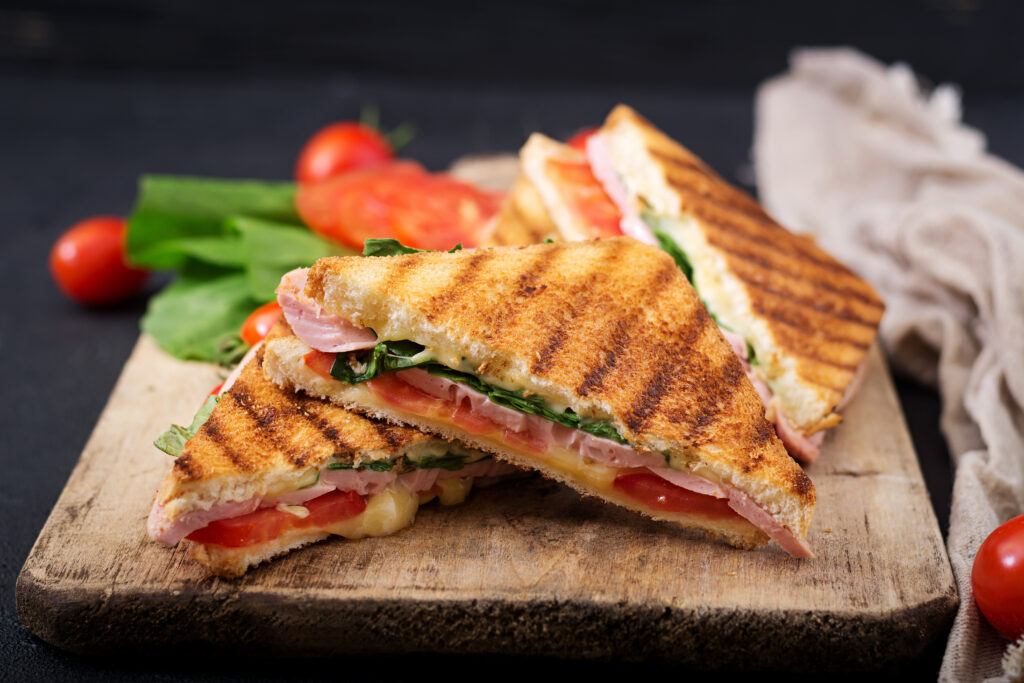
The Role of Bread in a Sandwich
Can you think of a sandwich without the bread slices? Difficult or, perhaps, impossible, isn’t it? Well, this undeniably represents the inter-dependent connection between bread and sandwich. Nowadays, both food items form the essence of our diet. However, the role of bread in the sandwich is not yet fully explored. Hence, here is an entire blog about this mystical bond!
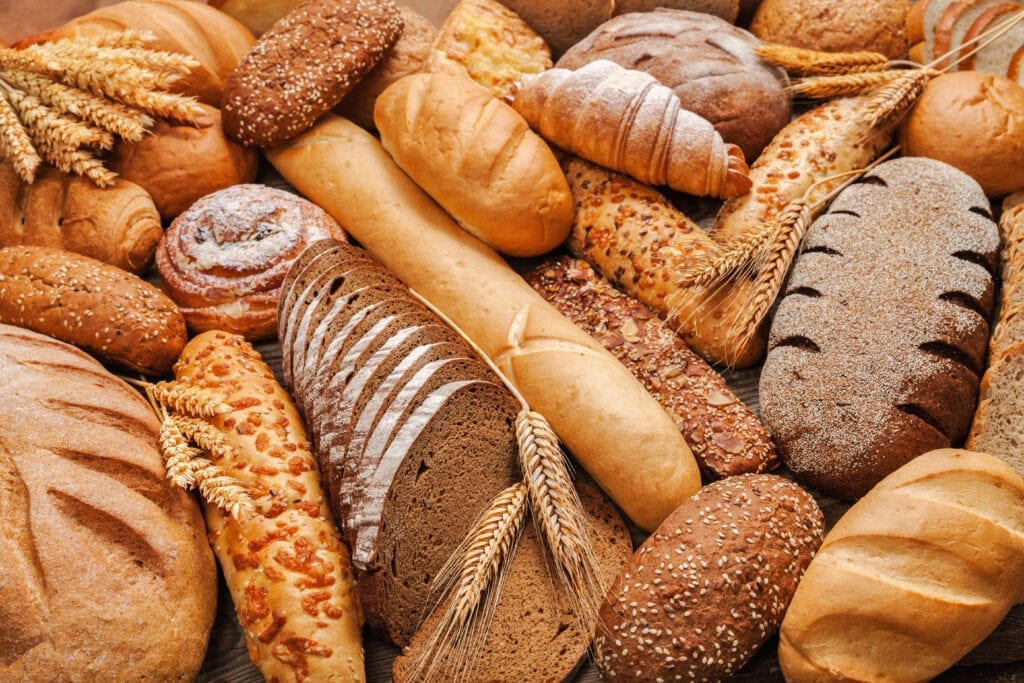
Bread-the Nutrition Enhancer
As old as the practice of wheat cultivation, bread is one of the immemorial foods made by man. Perhaps, even before the basic recipe made it ways into the cook-books, human beings were already well-aware of the energy and nutrition that it brought to their bodies. They knew, there was something about this baked dough of flour and water that brought a fulfilling feeling to their stomachs and kept them going.
Well, we’re in the 21st century now. And the logic behind this belief is no more a mystery. Today’s science has revealed to us what a nutrition-rich article of food, bread happens to be!
Providing vitamins B1 (thiamine) and B3 (Niacin), it helps us maintain healthy skin, nails, an eyes. The B-group vitamins boost energy levels by speeding up metabolism and enhances brain functions. Thus, we can say, the morning sandwich is your fuel for the day!
The high Fibre content in bread (especially in wholemeal ones) is the reason why sandwiches, regardless of their filling, feel so fulfilling. Fibre also keeps our digestive system healthy by regulating sugar levels. What’s more, bread is also a good source of bone-strengthening calcium and energy-boosting iron.
However, one needs to be careful with the sandwich toppings and spread because an average slice of bread provides 0.6 grams of fat. The wholemeal slice provides 0.9 grams, while a brown bread slice contains 0.7 grams. To keep your calorie intake balanced, one needs to consume this baked dough in appropriate amounts and with the right foodstuffs.
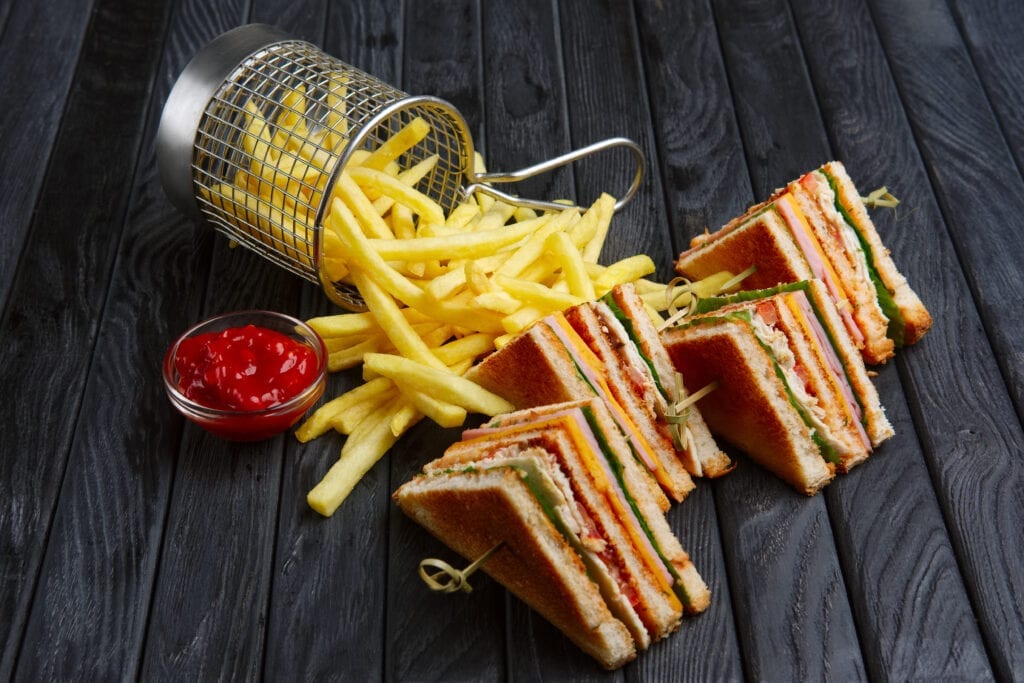
The Key Ingredient of a Sandwich
Two or more slices of bread enclosing some other food variants-perhaps, this is the modern concept of a sandwich. Well, let’s go back into time.
It’s the medieval era, and the Europeans are easily visible in their lavish halls, dining in the most sophisticated manner. Wait, there is something more, look closely. The Europeans are using large, circular pieces of stale bread as plates! Well, those are trenchers, the edible tableware, which gave rise to the phenomenon of sandwiches!
Eponymously invented by John Montagu, today, the sandwiches have become the staple diet worldwide. While the various ingredients used in sandwiches offer consumers different nutritional benefits, one key ingredient that is the Bread remains constant. The bread and sandwich form an imperishable bond. The various types of bread do not merely add nutritional value to the sandwich or form its base, but it also augments the overall taste. Let’s further explore the flavorsome variation of bread and sandwiches!
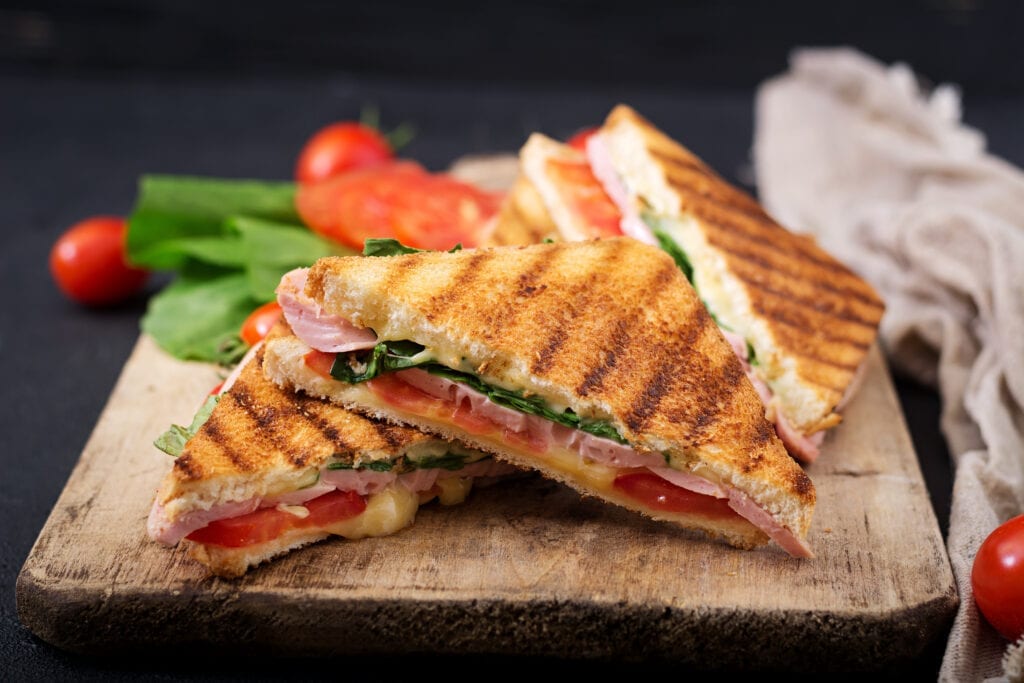
Bread and Sandwiches
Over time, the bread has evolved into numerous contemporary versions ranging from bagels to sourdoughs. Each bread gives rise to a new sandwich variation. The following are merely three bread variations that contribute irresistible and mouth-watering flavors to the world of food!
1. Bagels
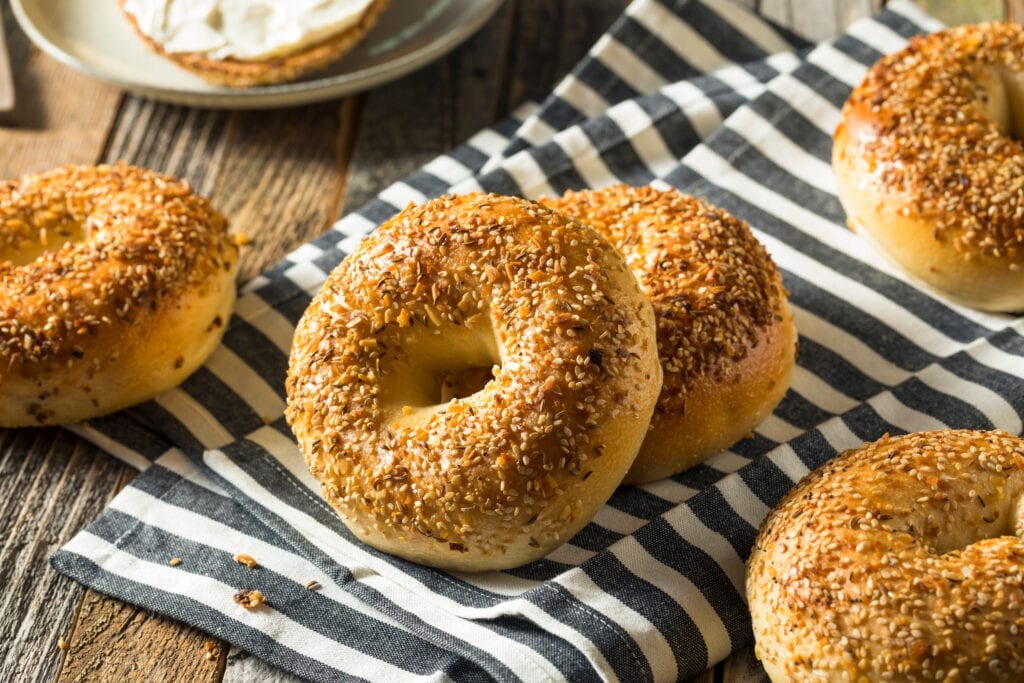
Typically shaped into a ring, the bagel has a crisp brown exterior and a white spongy inside. It is the use of wheat or high-gluten flours and yeast that brings the spongy, chewy yet fluffy texture to this bread. Since plain bagels have a slightly salty taste, cream cheese and butter happen to be a must-include ingredient in most bagel sandwiches. This Jewish bread prepares the most monstrously juicy and heavy sandwiches. Most commonly, the bagel bread is cut into half and stuffed with chicken, bacon, salmon, or other types of cooked/steamed meats, in combination with various seasonings.
2. Pita Bread & Wraps
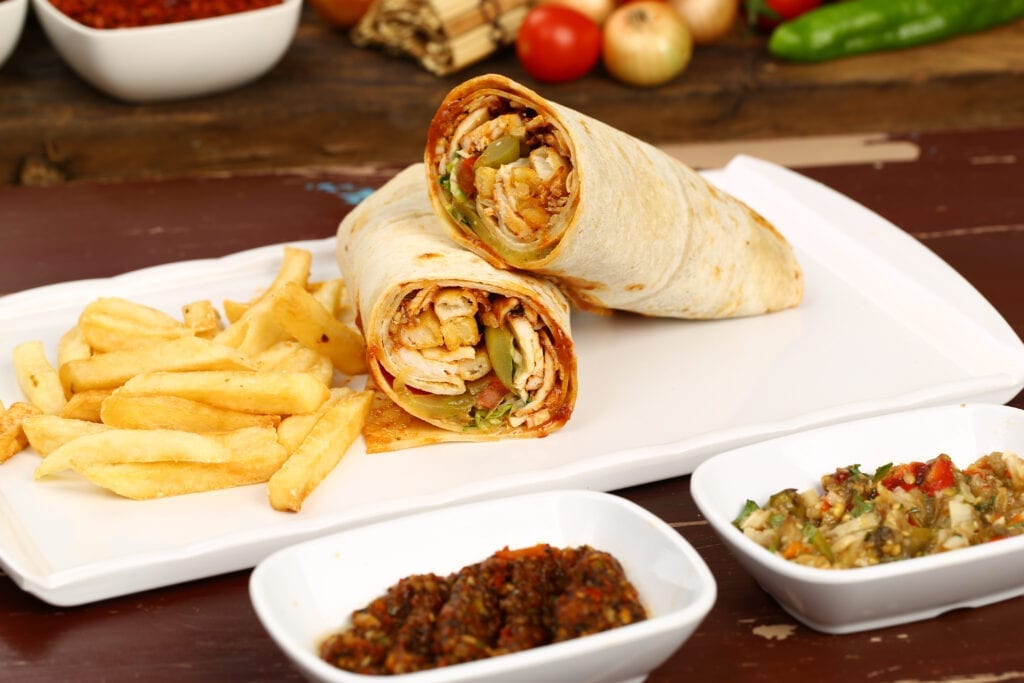
The circular flatbread or pita bread is famous for its malleable and easy-to-use structure. Also known as Arabic, Syrian, and Greek bread, one can use the Pita bread to scoop up spicy curries or make it into a wrap. In Arab, the plain pita bread gets eaten with hummus, which enhances the flavors significantly. Also, the Pita bread forms the base for gyros, kebabs, and falafel. The wraps usually comprise of a spicy filling enclosed by the slightly salted Pita bread.
3. Focaccia
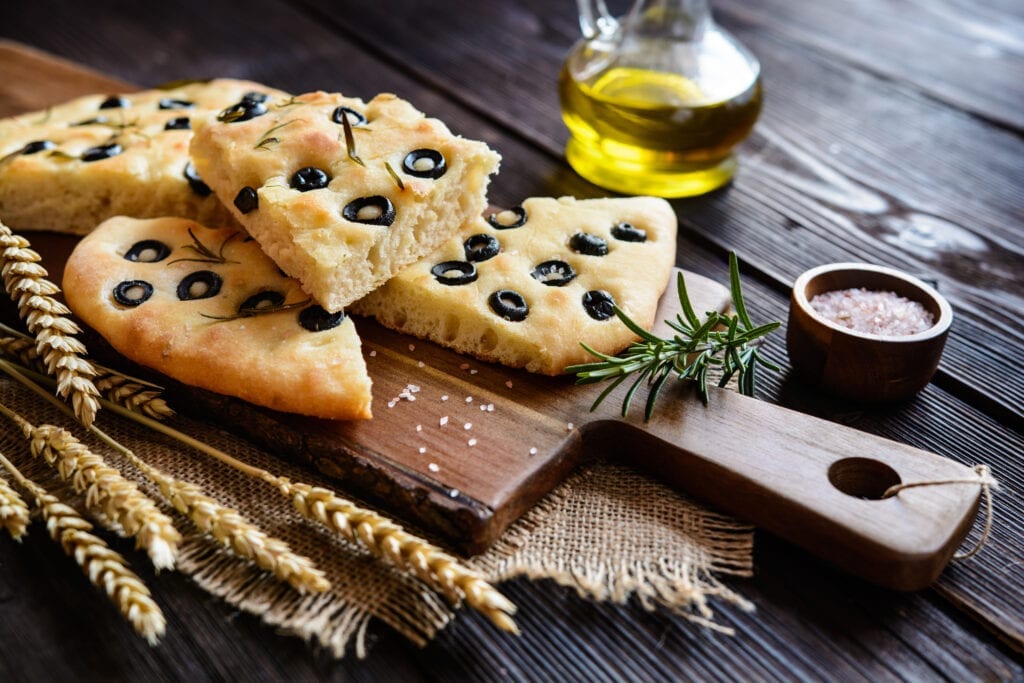
Italian Focaccia bread has a unique soft and chewy texture, with crusty, crunchy edges. This olive-oil soaked bread with various salts and herbs, especially rosemary. Owing to the spongy yet flat nature of the bread, one can not only make a topped sandwich but also, a layered and filled sandwich as well. However, when making a Focaccia sandwich, one must keep in mind, to use only juicy and creamy ingredients. Otherwise, the sandwich may be too dry to chew even. Apart from being used as sandwich bread, it is served as a side dish with meals.
The Italian Focaccia bread has a unique soft and chewy texture, with crusty, crunchy edges. This olive-oil soaked bread with various salts and herbs, especially rosemary. Owing to the spongy yet flat nature of the bread, one can not only make a topped sandwich but also, a layered and filled sandwich as well. However, when making a Focaccia sandwich, one must keep in mind, to use only juicy and creamy ingredients. Otherwise, the sandwich may be too dry to chew even.
Apart from being used as sandwich bread, it is served as a side dish with meals.
Leave your comment
You must be logged in to post a comment.